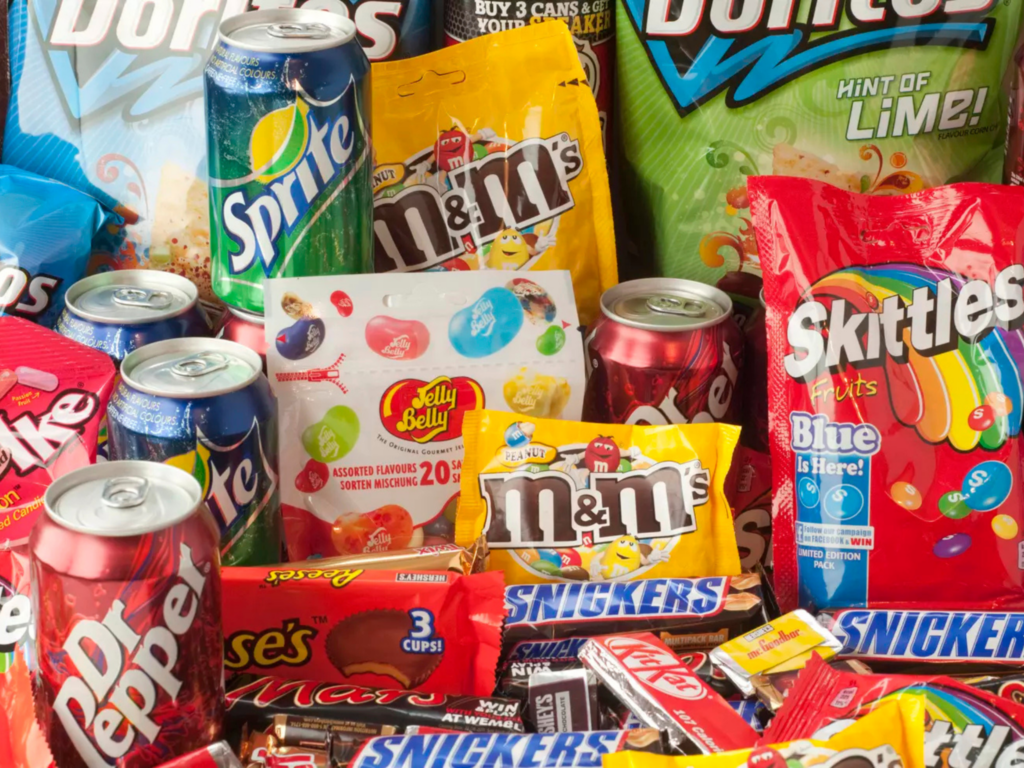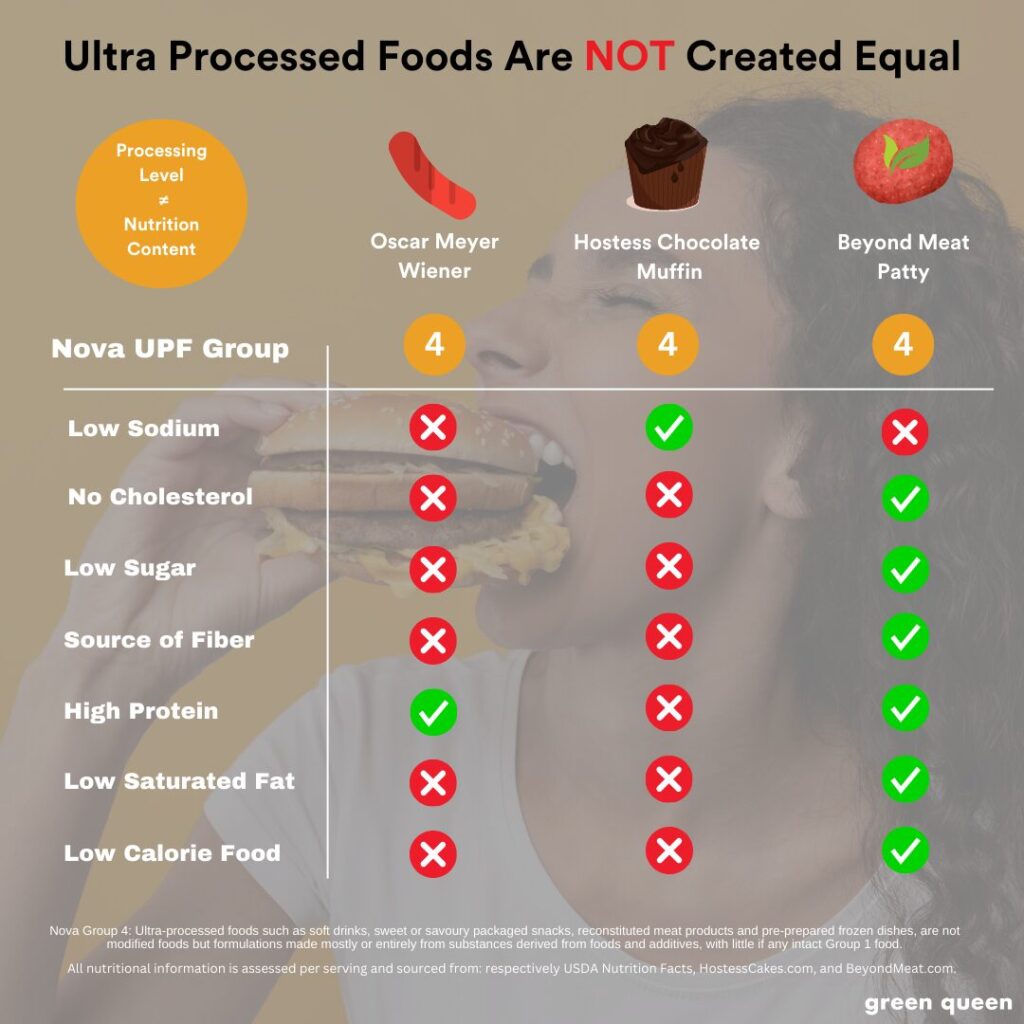
Think your juice cleanse is making you healthier? A new study suggests it might be doing the opposite. The study, recently published in the journal Nutrients, found that a vegetable and fruit juice-only diet—even for just three days—can trigger shifts in gut and oral bacteria linked to inflammation and cognitive decline.
In the study, Northwestern University scientists studied three groups of healthy adults. One group consumed only juice, another had juice with whole foods, and a third ate only whole plant-based foods. The juice-only group showed the most significant increase in bacteria associated with inflammation and gut permeability, while the plant-based whole food group saw more favorable microbial changes. The juice-plus-food group had some bacterial shifts but less severe than the juice-only group.
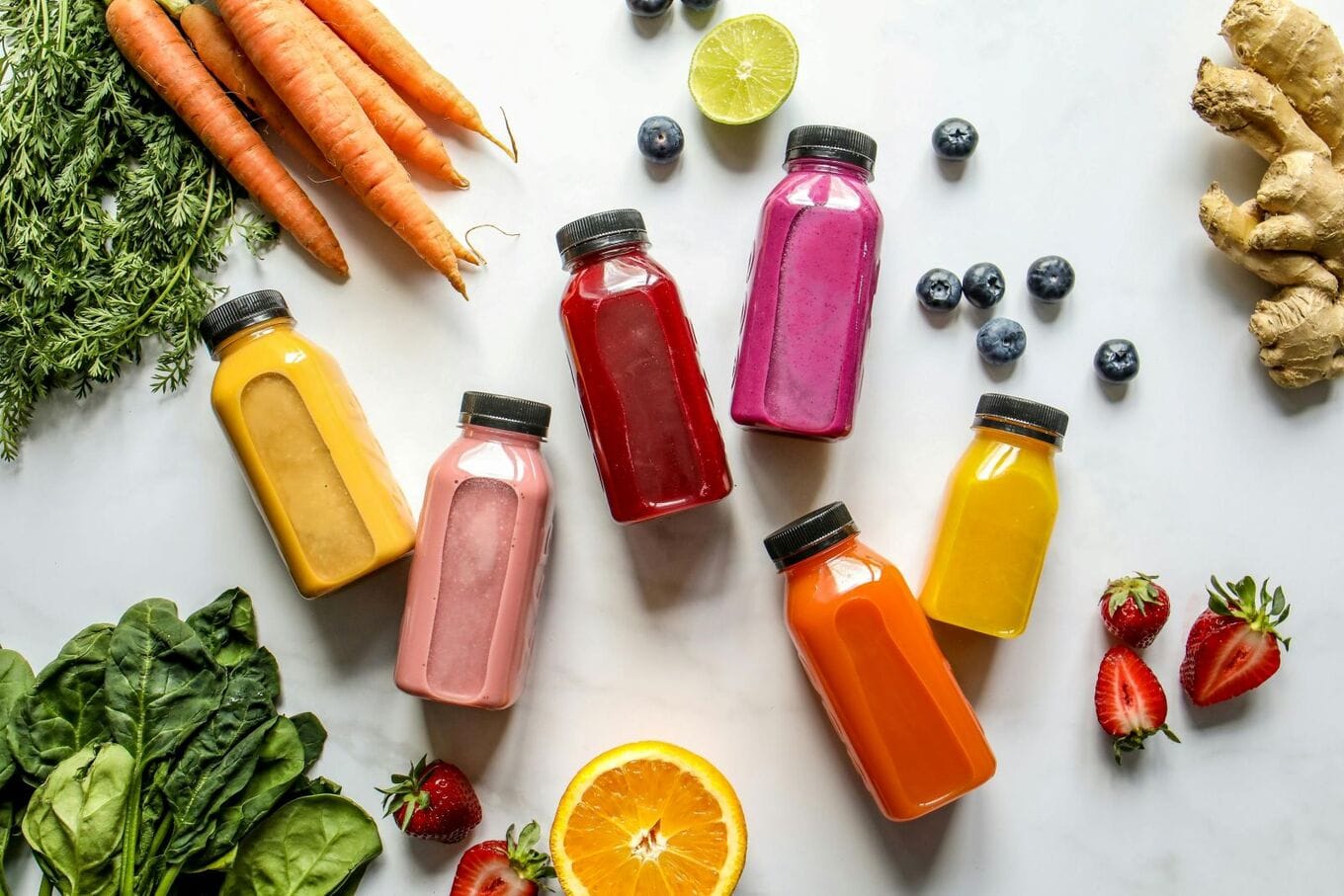 Pexels
Pexels
These findings suggest that juicing without fiber may disrupt the microbiome, potentially leading to long-term health consequences. “Most people think of juicing as a healthy cleanse, but this study offers a reality check,” said senior author Melinda Ring, MD, director of the Osher Center for Integrative Health at Northwestern University Feinberg School of Medicine and a Northwestern Medicine physician.
“Consuming large amounts of juice with little fiber may lead to microbiome imbalances that could have negative consequences, such as inflammation and reduced gut health,” Ring said.
What is juicing?
Juicing is the process of extracting the liquid from fruits and vegetables, typically using a juicer, while discarding the pulp and fiber. The resulting juice is packed with concentrated vitamins, minerals, and antioxidants from the produce, making it a popular choice for those looking to boost their nutrient intake quickly.
 Adobe
Adobe
People often turn to juicing as a way to detox, lose weight, or increase their daily servings of fruits and vegetables.
Is juicing good for you?
While juicing has gained popularity as a health trend and is often marketed as a quick way to detox or boost nutrient intake, the benefits may not be as clear-cut as they seem. On one hand, juicing can provide a concentrated dose of vitamins, minerals, and antioxidants from fruits and vegetables, making it easier to consume a larger variety of produce in a short amount of time. This can be especially beneficial for individuals who have difficulty getting enough servings of fruits and vegetables in their regular diet.
However, the benefits of juicing can be overshadowed by the removal of fiber found in whole foods. The absence of fiber in juices means that you’re missing out on its many health benefits, such as improved digestion, better blood sugar control, and a healthy gut microbiome. Furthermore, juicing often involves a high concentration of fruit sugars, which, without the balancing effect of fiber, can cause spikes in blood sugar levels and contribute to inflammation, the study notes.
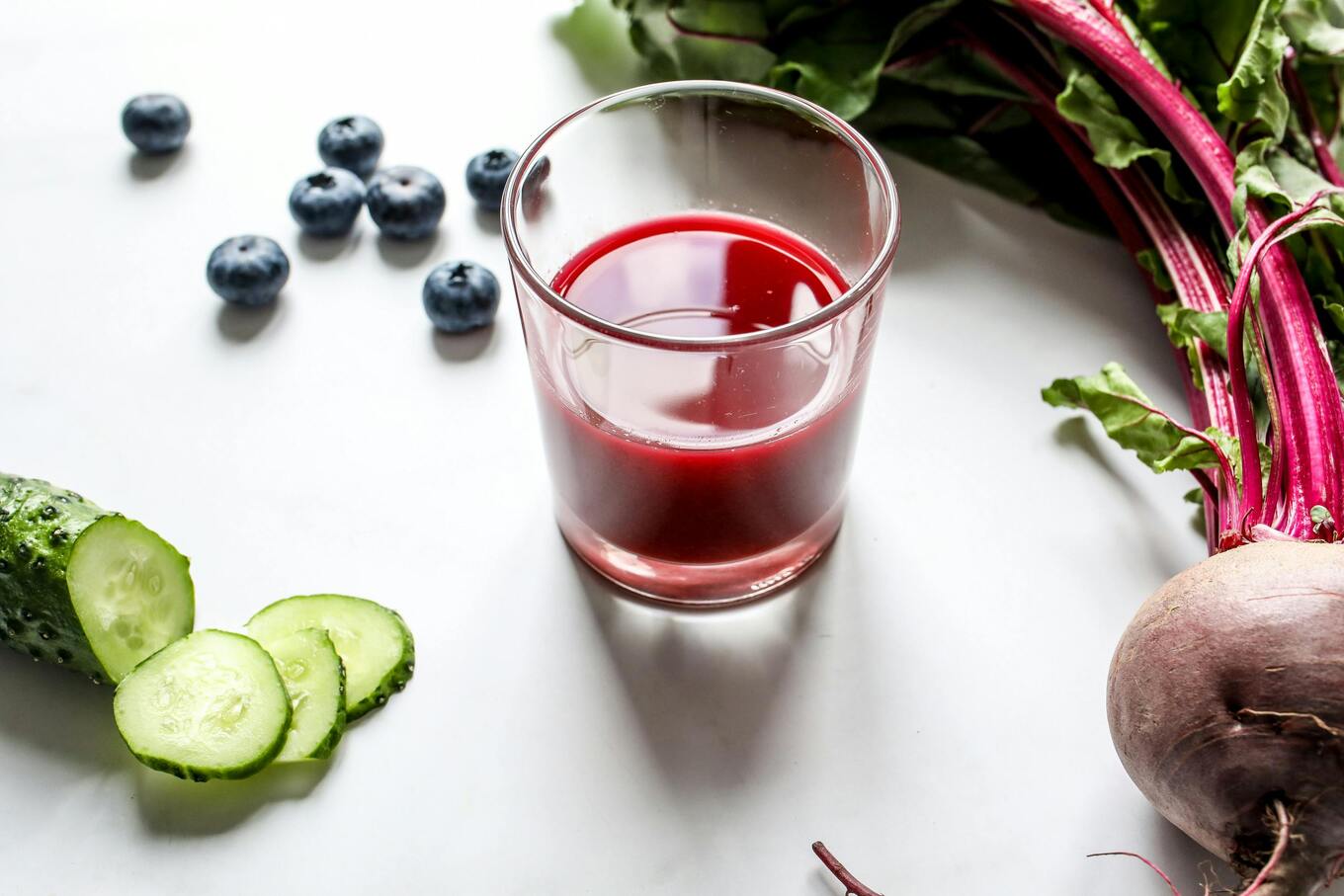 Pexels
Pexels
“The nutritional composition of juice diets—specifically their sugar and carbohydrate levels—plays a key role in shaping microbial dynamics in both the gut and oral cavity and should be carefully considered,” said first author Maria Luisa Savo Sardaro, a research associate in the Amato Lab at the department of anthropology at Northwestern University and a professor of food microbiology at San Raffaele University in Rome.
Juicing may also fail to provide the same sense of fullness or satiety as eating whole fruits and vegetables. This can lead to overeating or insufficient nutrient intake, especially if the juice is replacing meals rather than supplementing them.
Why fiber matters
Fiber is an essential component of a healthy diet, especially when it comes to gut health. When you consume whole fruits and vegetables, the fiber they contain plays a crucial role in maintaining a healthy microbiome, which is vital for many bodily functions. Fiber is the food source for beneficial gut bacteria that produce compounds such as butyrate, which have powerful anti-inflammatory effects. Butyrate helps to strengthen the gut barrier, reduce gut permeability, and support immune function.

But fiber isn’t just about gut health—it’s also vital for overall wellness. It aids in regulating blood sugar levels, improving digestion, and supporting heart health by lowering cholesterol levels. Fiber-rich foods help promote satiety, making it easier to maintain a healthy weight. In addition, fiber plays a crucial role in mental health, as emerging research suggests that the health of your gut microbiome is closely linked to your mood and cognitive function.
The study also suggests that a reduced intake of fiber may impact metabolism, immunity, and mental health. By keeping fiber intact in your diet, you support your gut’s natural ability to regulate inflammation and maintain balance in your microbiome.
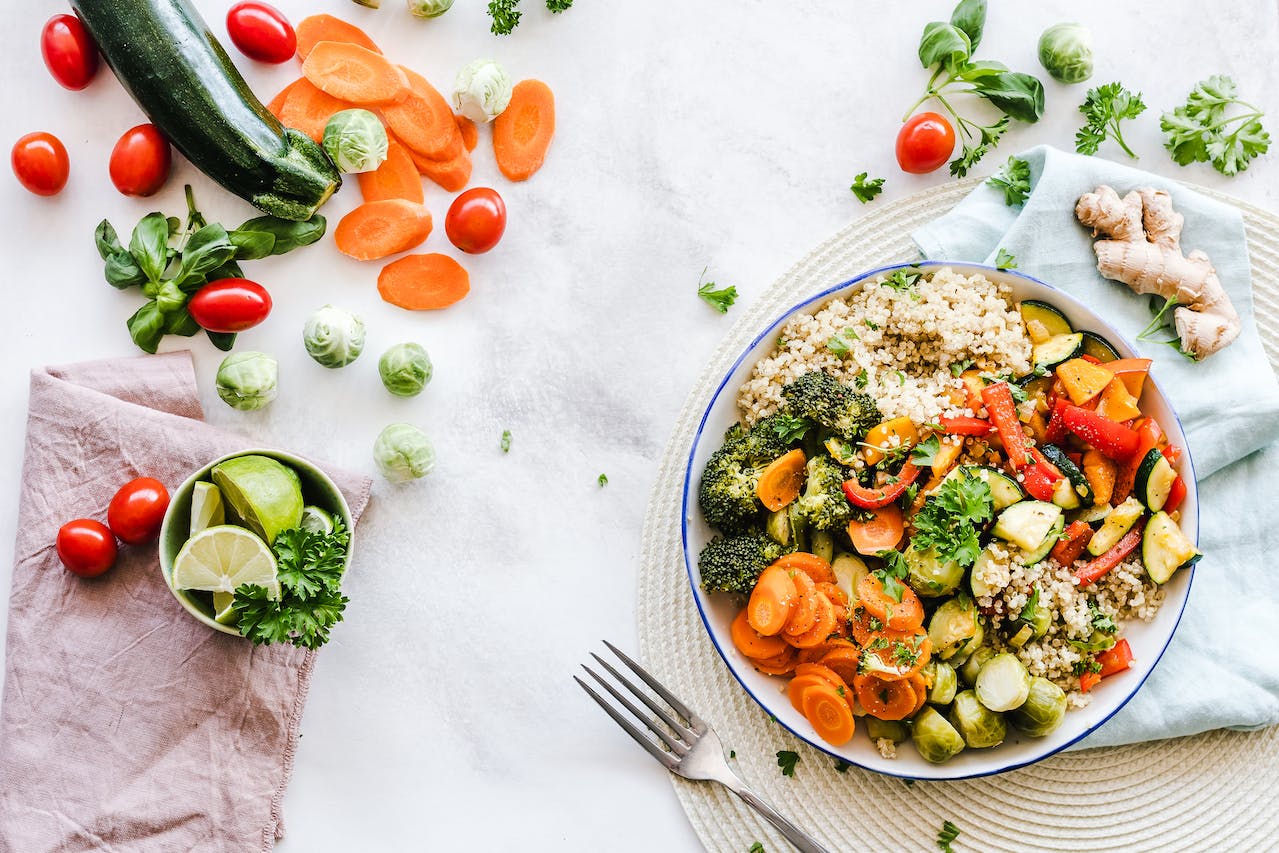
Pexels
Unlike the gut microbiota, which remained relatively stable, the oral microbiome showed dramatic changes during the juice-only diet. The study’s scientists found a reduction in beneficial Firmicutes bacteria and an increase in Proteobacteria, a bacterial group associated with inflammation.
“This highlights how quickly dietary choices can influence health-related bacterial populations,” said Ring. “The oral microbiome appears to be a rapid barometer of dietary impact.”
What’s best for your gut health
As this study suggests, while juice can be part of a healthy, balanced diet when consumed in moderation, it should not replace whole foods, especially fruits and vegetables that provide fiber. A more sustainable approach is to incorporate juicing as an occasional supplement rather than a go-to cleanse or meal replacement.
For now, Ring says, “If you love juicing, consider blending instead to keep the fiber intact, or pair juices with whole foods to balance the impact on your microbiome.”
This post was originally published on VegNews.com.


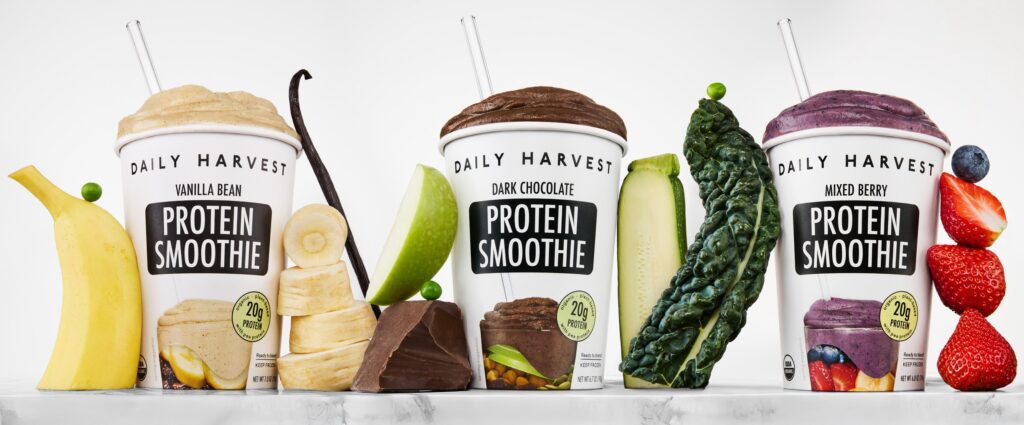

 Wikimedia Commons
Wikimedia Commons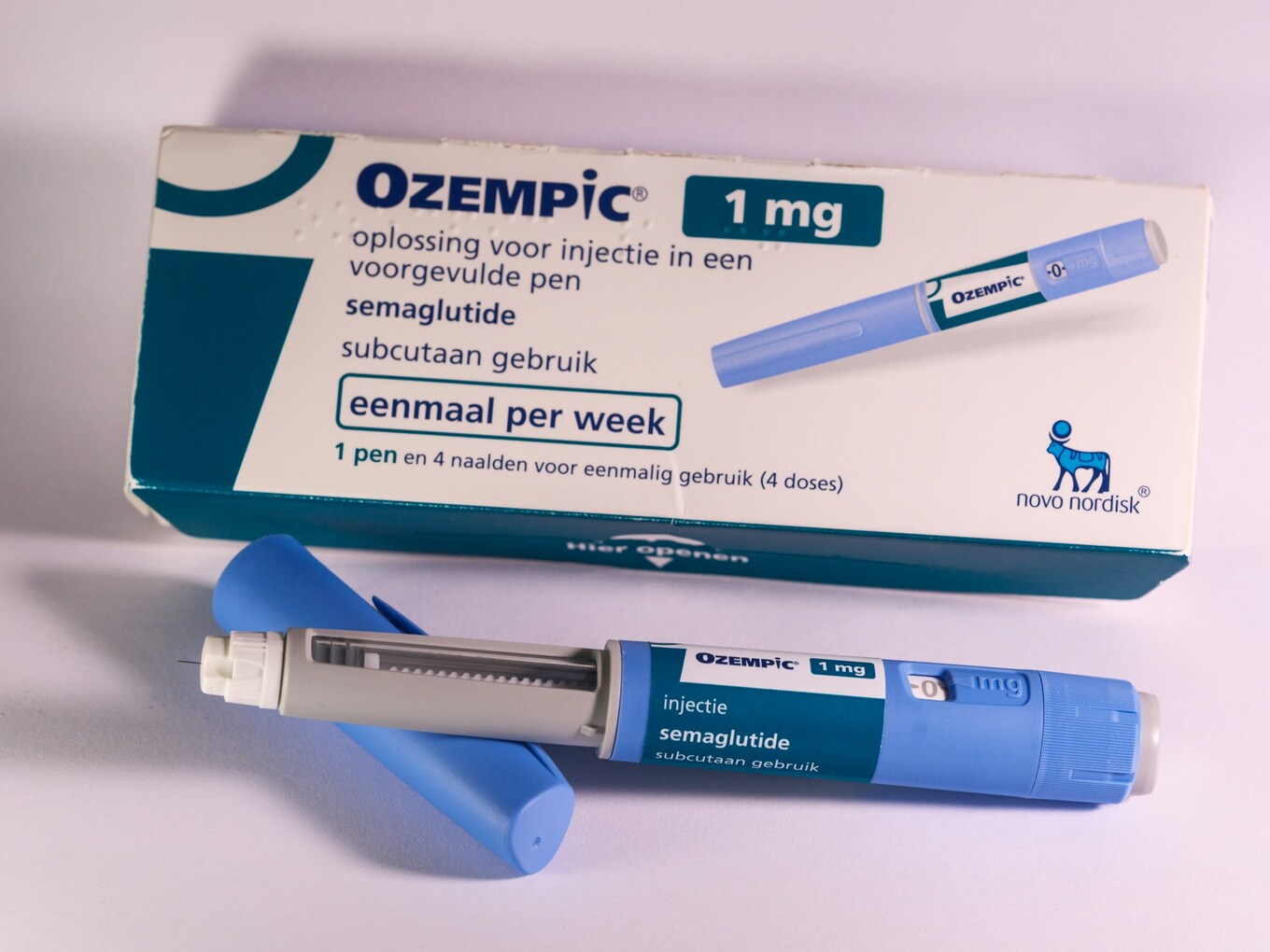 Unsplash
Unsplash Pexels
Pexels










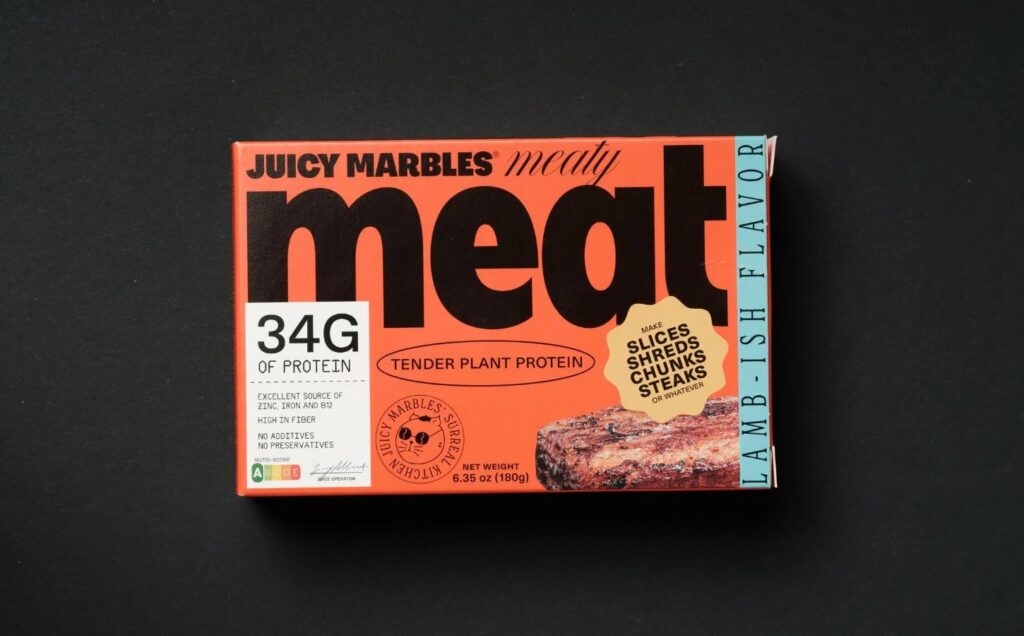


 Adobe
Adobe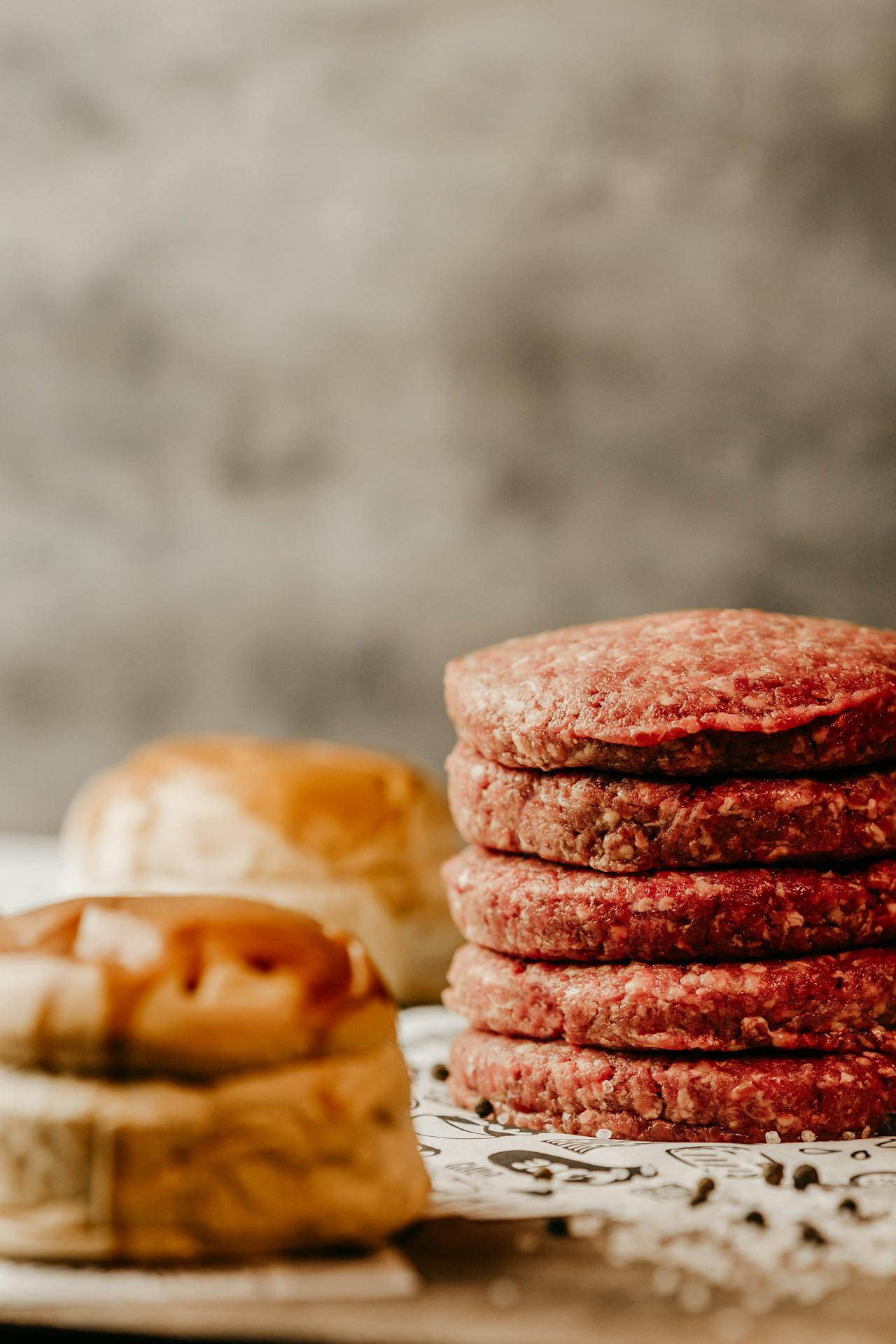
 Getty
Getty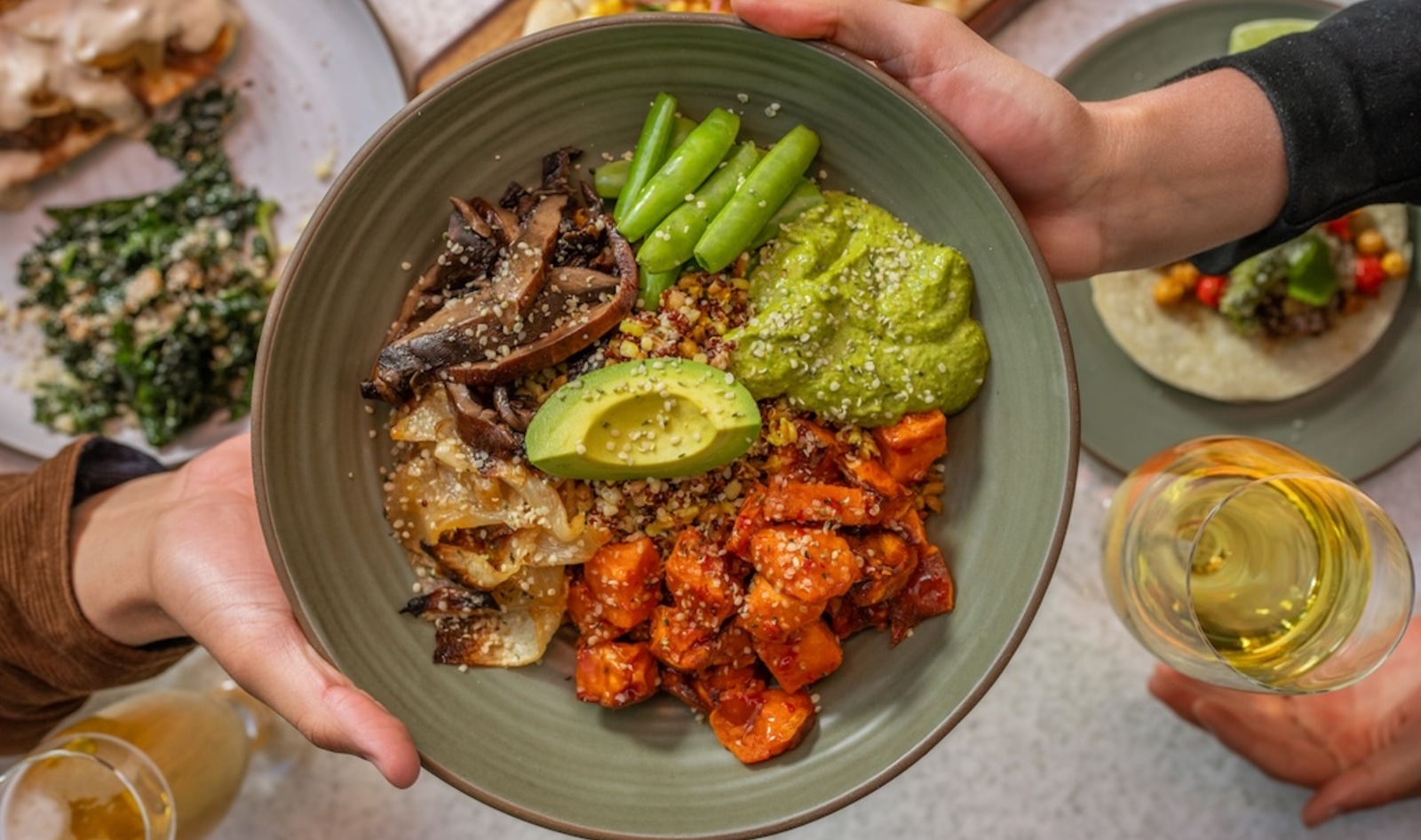
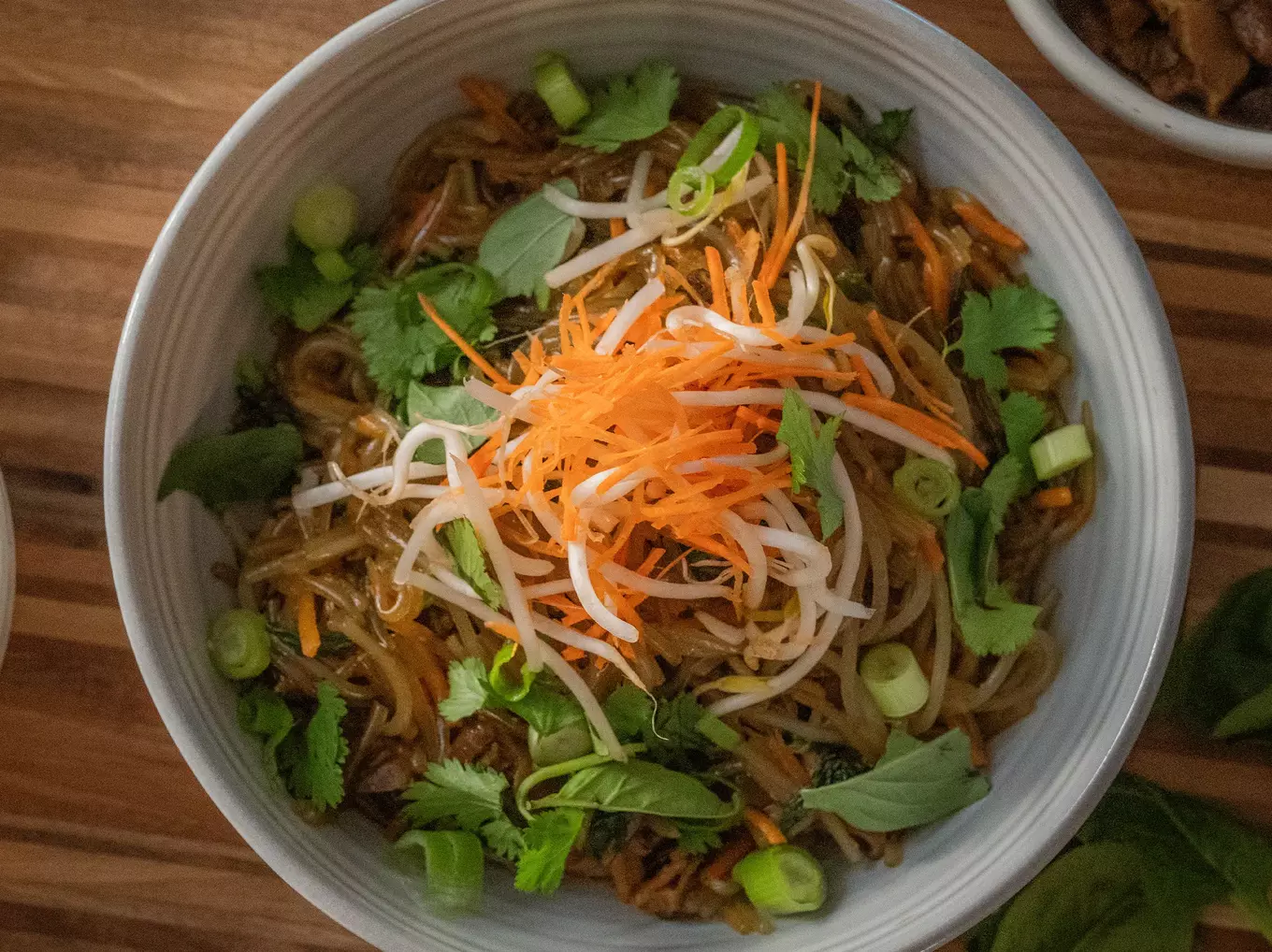 True Food Kitchen
True Food Kitchen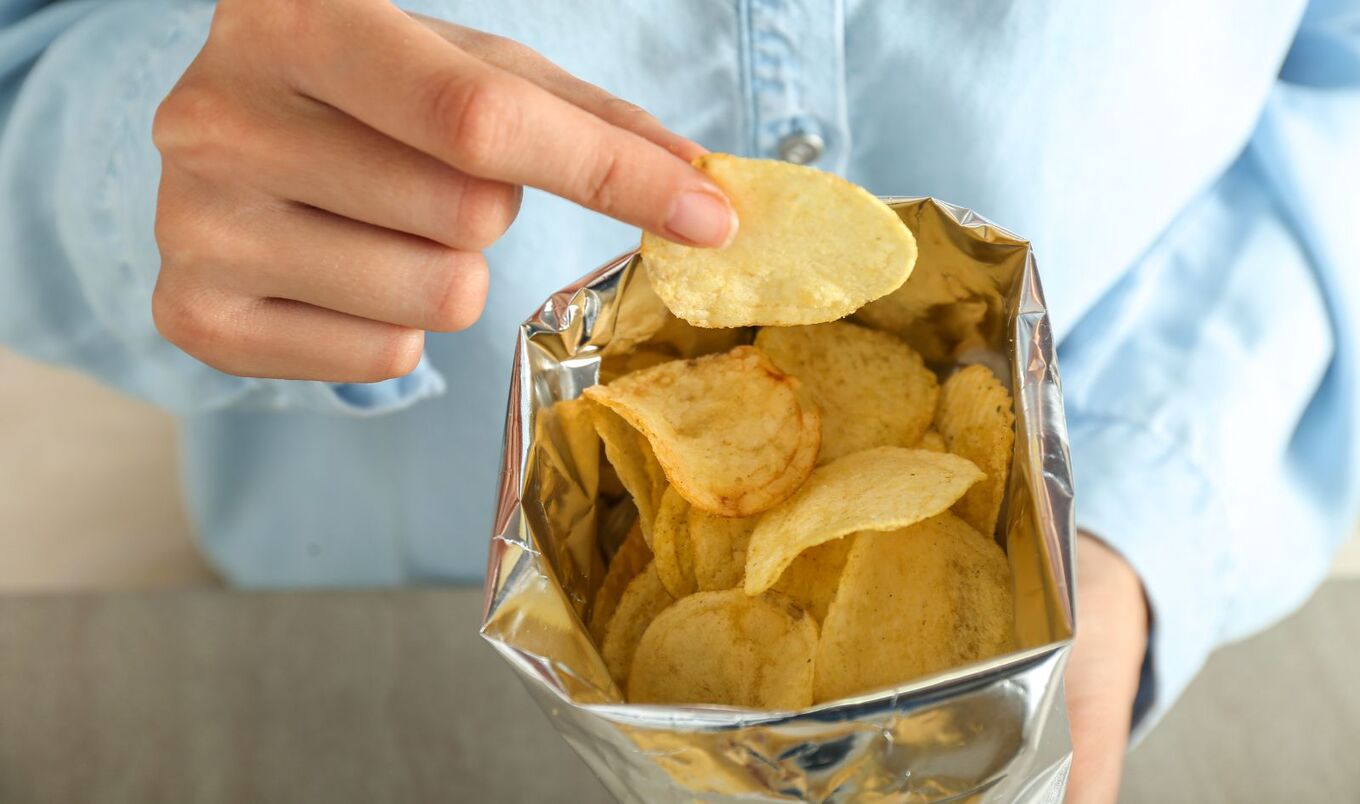 Canva
Canva Getty
Getty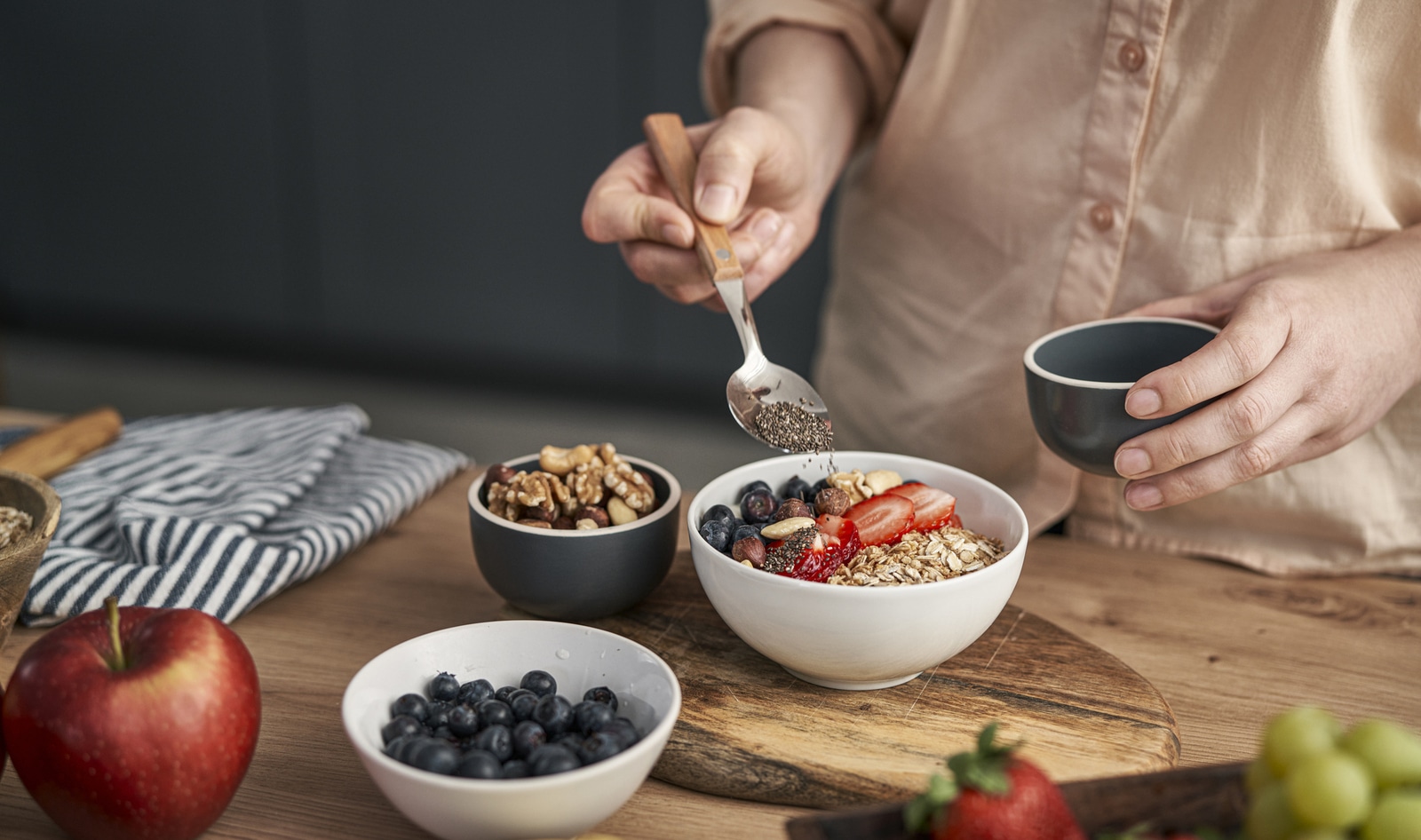

 Unsplash
Unsplash Pexels
Pexels


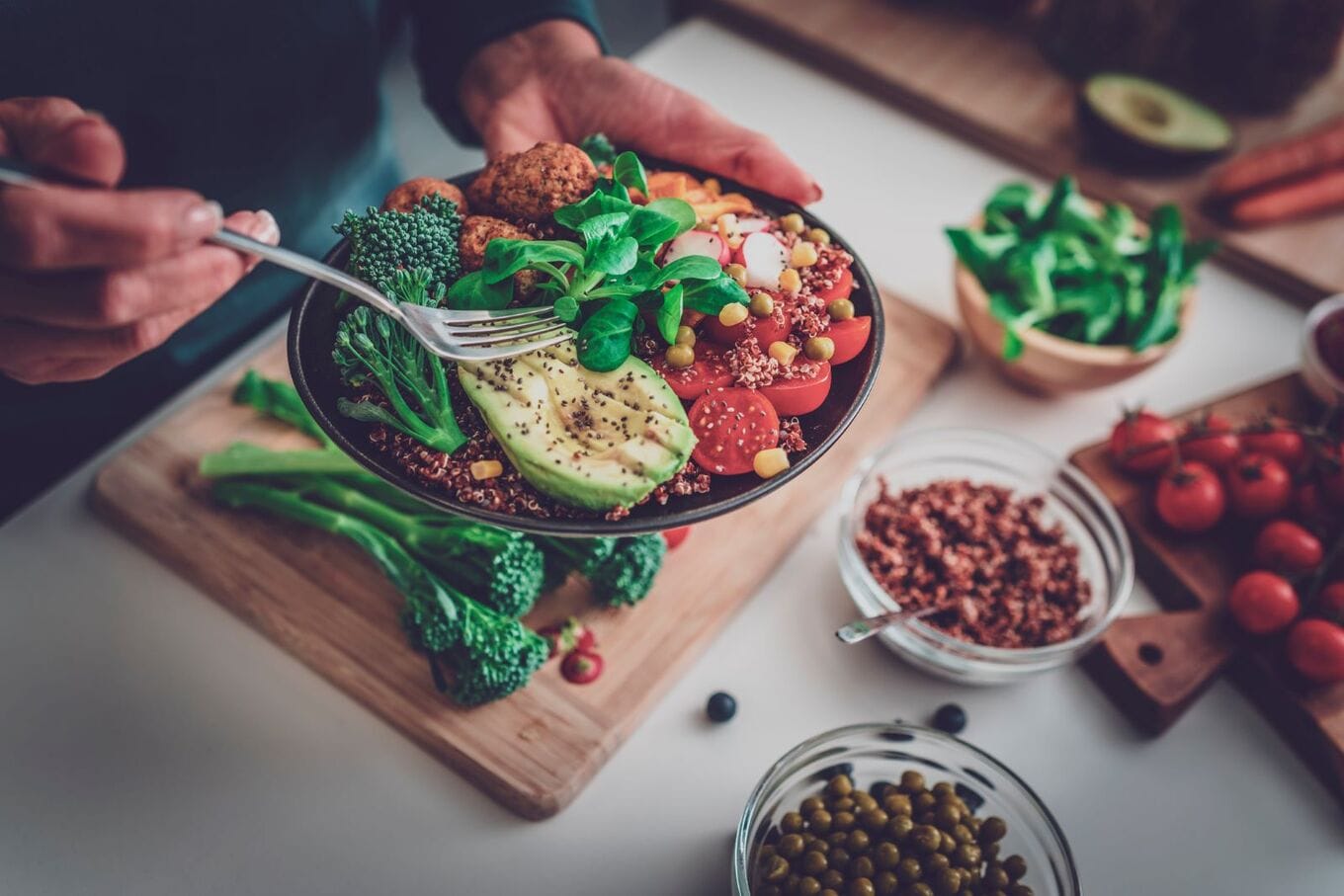


 Pexels
Pexels Pexels
Pexels Pexels
Pexels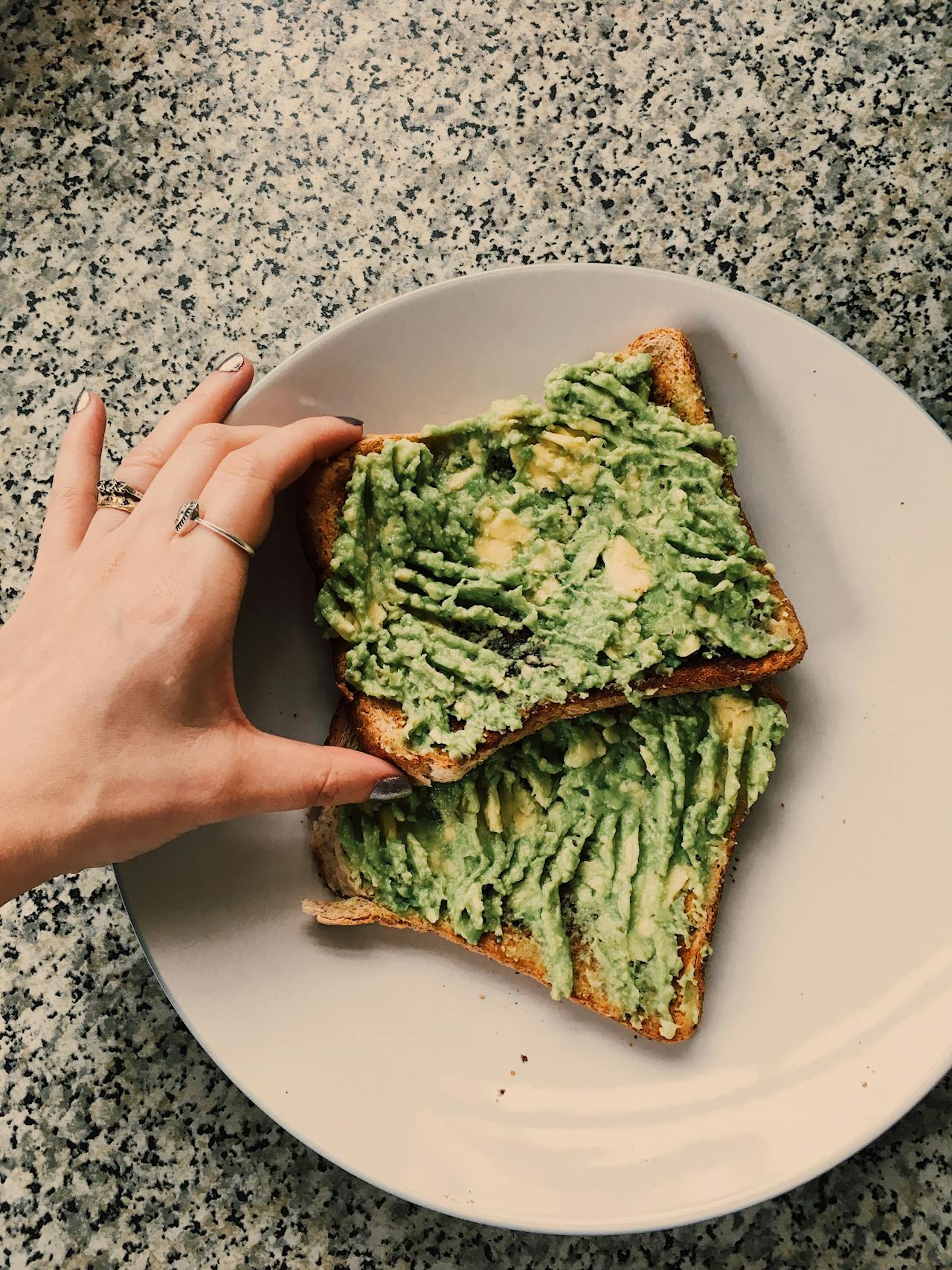 Pexels
Pexels

 Canva
Canva Getty
Getty Canva
Canva Eduardo Barrios | Usplash
Eduardo Barrios | Usplash

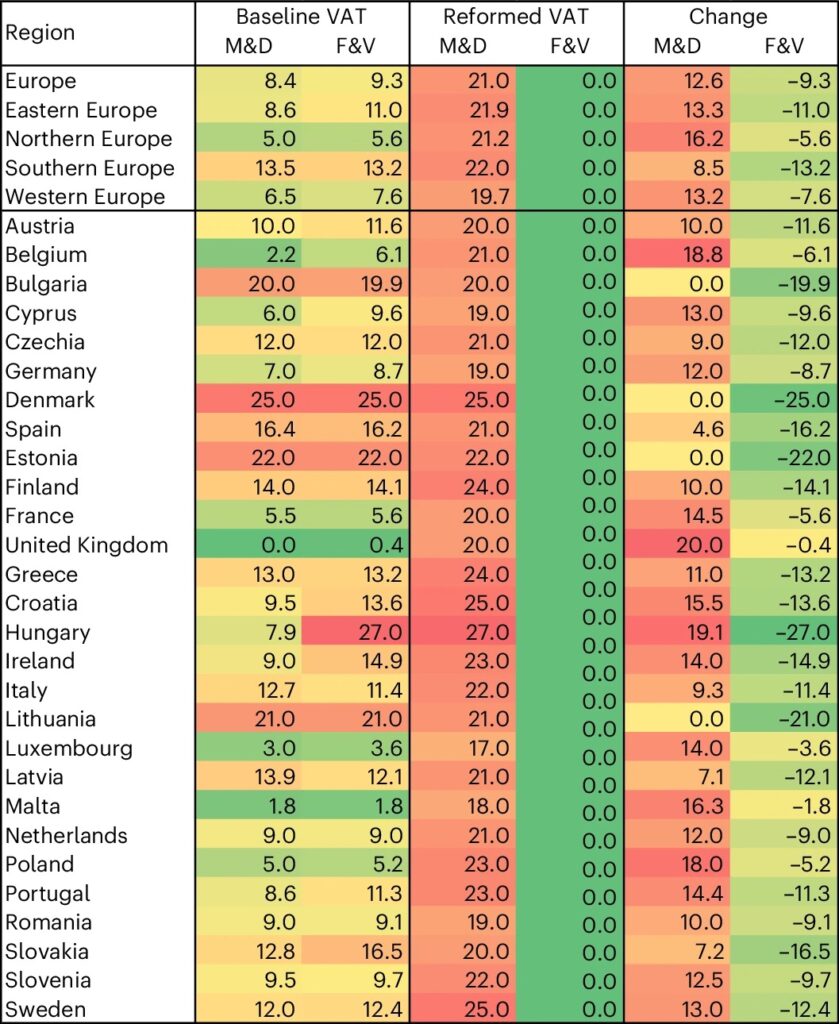
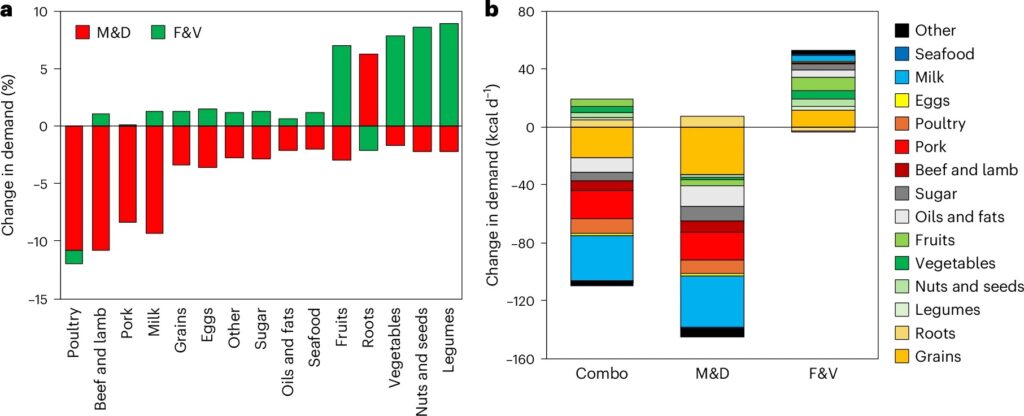
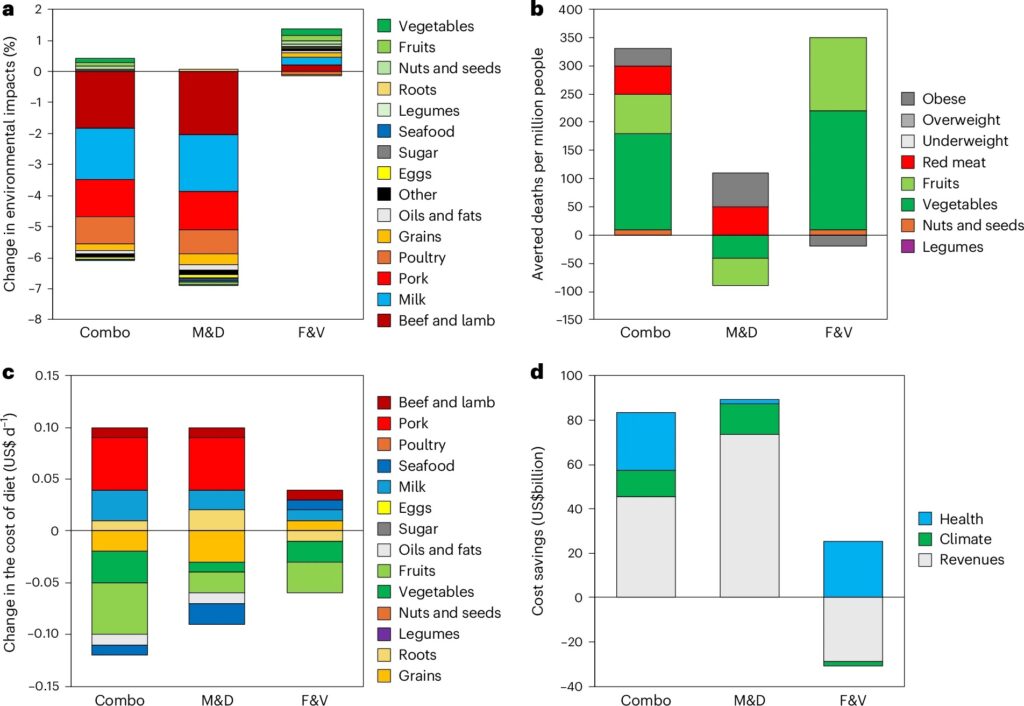

 Getty
Getty Pexels
Pexels Getty
Getty Canva
Canva

